The Largest Forest In The World Seems To Be Getting Smaller

According to research published in ScienceAlert, some of Earth’s largest forests are shrinking. The boreal forests, which are just to the south of the tundra of the Arctic region, encircle the northernmost areas of our planet and spread through sections of Alaska, Canada, Scandinavia, and Siberia. This region has been vital in shielding the planet from further warming by storing up large amounts of carbon in its soils, preventing it from spreading into the atmosphere.
Remote Boreal Forests Are Shrinking In Size
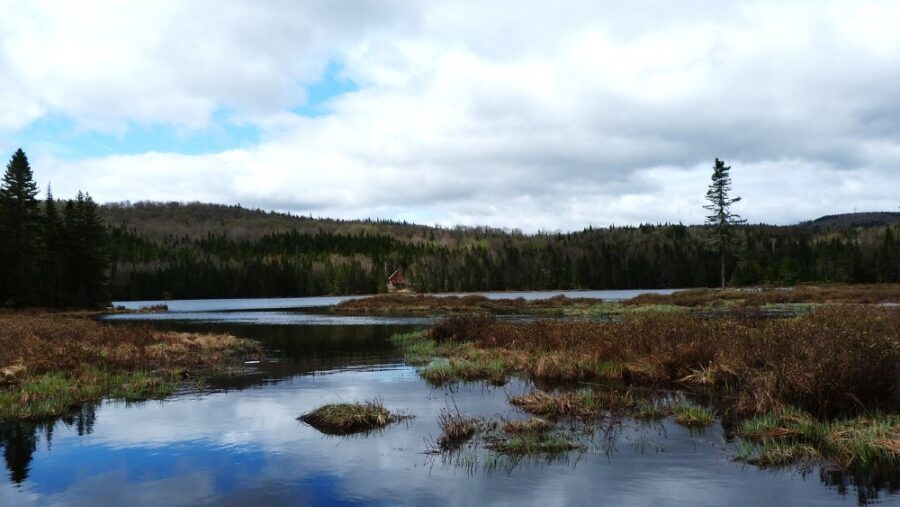
These boreal forests that are currently shrinking have been spared from human impact such as deforestation by their remote location, a feature that has also helped preserve the area’s wetlands. Home to multiple species of birds, fish, mammals, insects, and plants, these forests are some of the most vital of Earth’s ecosystems. As global temperatures have increased, the boreal forests and their inhabitants have been making a shift toward the north to maintain their winters of sub-zero temperatures and shorter summer seasons.
Rising Temps Are To Blame
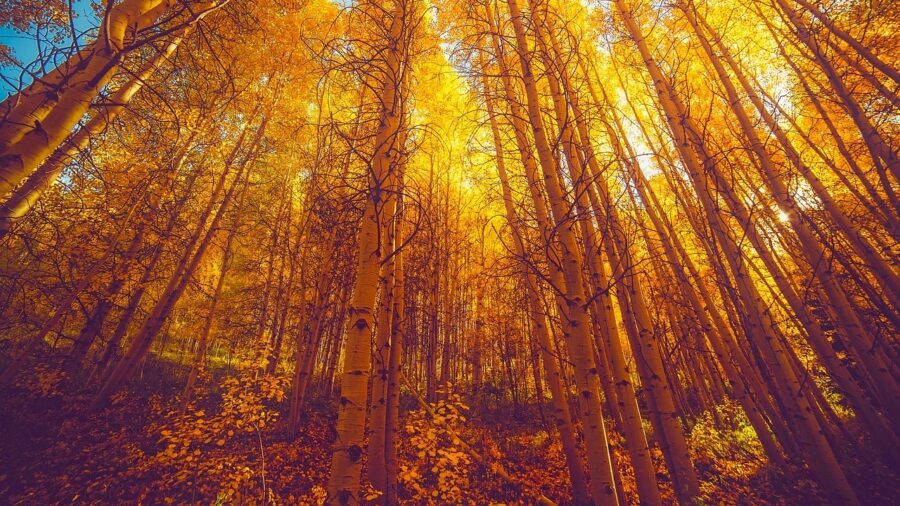
These forests are shrinking because their movement northward has not been as quick or consistent as expected, while the receding of southern regions has been moving at a quicker pace than was originally anticipated. This means the overall size of the forest is reducing as global temperatures rise. This is troubling in no small part because of the many species these forests support, including moose, linx, Brown bears, and migratory birds that number in the millions.
Such Forests Are Vital Because of Their Massive Carbon Consumption
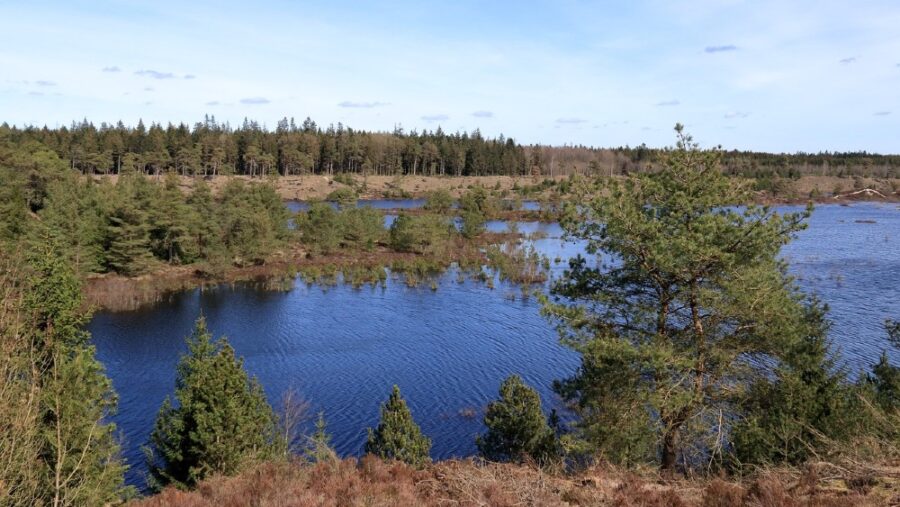
While these forests are shrinking, they still consist of billions of trees that, along with their root systems and soils, help regulate the climate of our planet. They do this partially by extracting carbon dioxide from the atmosphere and preventing it from creating the well-known greenhouse effect that drives global climate change. The carbon is instead used to increase the growth of the trees’ roots, which then become part of the soil, enriching it with carbon after the death of the trees.
So, while climate change is a major factor in the forests’ shrinking, the reduction of those forests also diminishes a layer of our planet’s protection against climate change, therefore speeding up that process. Temperatures in the boreal forests are increasing at a rate greater than that of the average globally, which is affecting the survival and growth of trees. This results in a reduction of the trees’ ability to store carbon.
Forests Are Migrating North To Survive
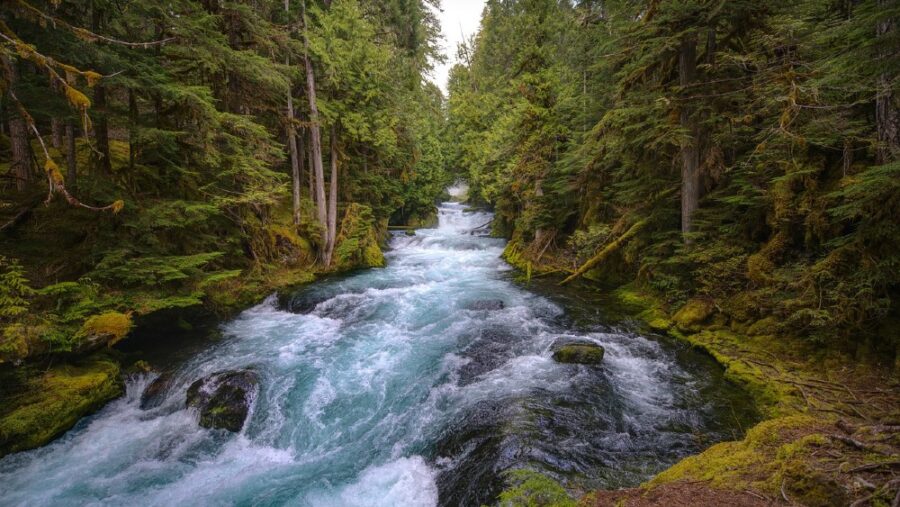
Though these forests are shrinking, trees in the north are growing faster, especially adult trees whose growth increases as they are exposed to warmer temperatures. Seedlings in the north of the boreal forests are also able to survive where previously they were not. But in the southern boreal forests where temperatures are warmer, the trees that have become adapted to the cold are growing more slowly and even dying.
Wildfires Are Wiping Out Forests Across The Globe
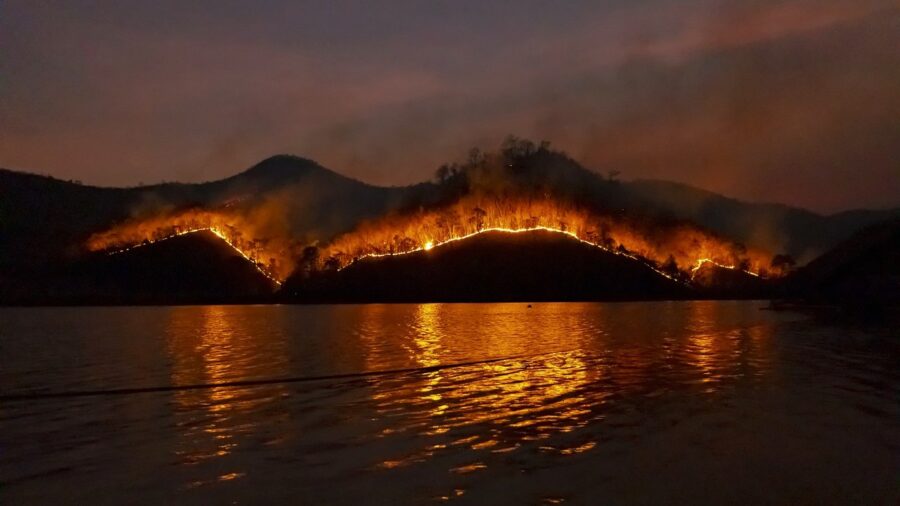
This contributes to forests shrinking because the warmer weather is also dryer, increasing trees’ vulnerability to insects and fires, which have spread throughout boreal forests, such as in Siberia in 2019 and 2020 and in Canada in 2023. Using satellite data, scientists have been able to monitor changes in the boreal forests, showing that climate change has caused northern gains and southern losses in the forests. The current concern is that as the southern losses increase, northern gains are not keeping up.
The Disappearance Of The Boreal Forests Will Have A Lasting Impact
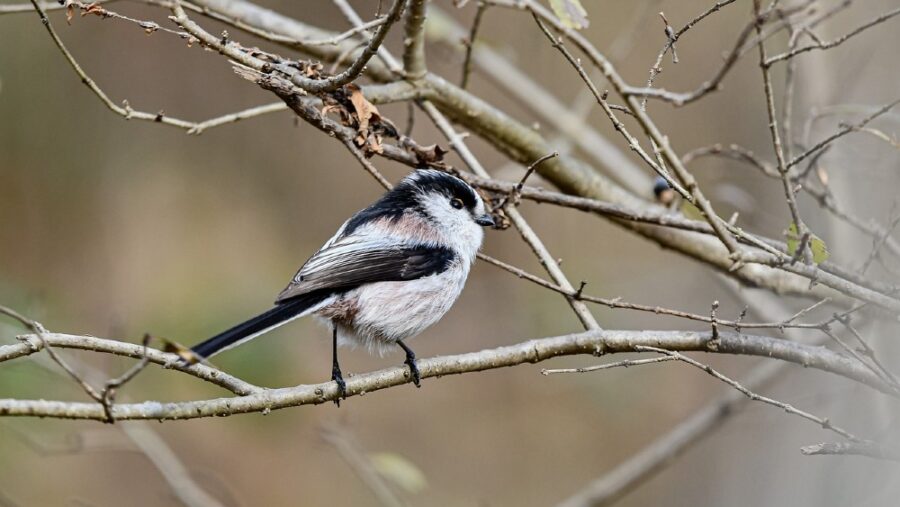
This is why the boreal forests may be shrinking, which could lead to the eventual disappearance of their southern edges. This could have a harmful impact on a number of migratory birds and other native and migratory animals because it would lead to the depletion of their habitat. The forests also hold a great deal of cultural importance to millions of people who live in and near them, including aboriginal communities in Canada.
As scientists continue to monitor the forests and their shrinking, both ground-level data and information from satellites will aid them in gaining a more complete understanding of how the forests are changing.












